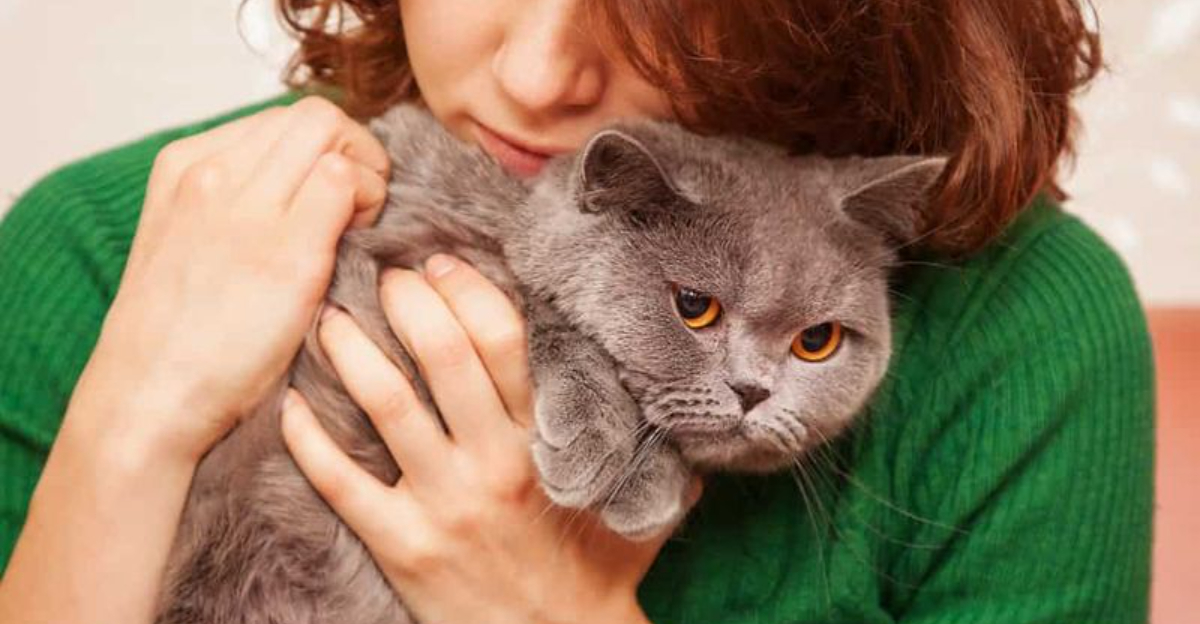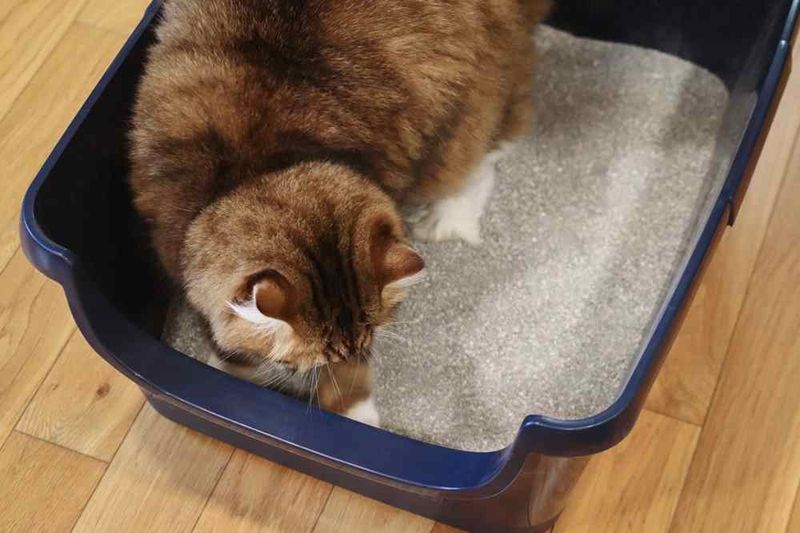📖 Table of Content:
Living with a cat can be one of life’s greatest joys—but when behavioral issues arise, that joy can quickly turn into a daily challenge. Whether it’s excessive meowing at night or scratched-up furniture, many pet owners find themselves overwhelmed by behaviors they don’t understand or know how to manage. While cats are often seen as independent and low-maintenance companions, unresolved behavioral problems can cause ripples far beyond the litter box.
What many cat owners don’t realize is just how deeply these issues affect their own quality of life. A misbehaving feline doesn’t just leave messes behind—it can disrupt your routine, damage relationships, and even impact your emotional and financial well-being. And since cats can’t voice what’s wrong, owners are often left trying to decipher a mystery while coping with the consequences.
This article explores nine very real and relatable ways your cat’s behavior could be impacting you every single day. These aren’t just minor inconveniences—they’re potential sources of chronic stress that can wear you down over time. By becoming more aware of how these behaviors affect your life, you’ll be better equipped to address them with empathy, strategy, and support.
1. Increased Stress and Anxiety
Suddenly finding yourself irritated or emotionally drained after interactions with your cat may be more common than you think. Persistent behaviors such as yowling, aggression, or even clinginess can leave you feeling on edge throughout the day. It’s not just about annoyance—these actions chip away at your peace of mind. Over time, the unpredictability of the behavior can create a constant sense of hypervigilance in your home. If left unaddressed, this low-grade tension can evolve into full-blown anxiety, especially if it interferes with your downtime. Even well-meaning attempts to correct the behavior can backfire, leading to feelings of helplessness. Managing a misbehaving pet becomes not just a task, but a source of emotional labor.
2. Disrupted Sleep
Sleep, one of the most essential pillars of health, often takes a hit when cats exhibit nighttime restlessness. Whether it’s late-night zoomies, scratching the door, or jumping on your bed, these disruptions can become a recurring nightmare. Interrupted sleep doesn’t just make you groggy—it affects mood, productivity, and overall physical health. Over time, even the anticipation of your cat acting out at night can make it hard to relax into sleep. Many pet parents adapt by sleeping with earplugs or locking their cat out of the bedroom, but this can create other challenges. The emotional conflict of wanting to care for your cat while needing rest can deepen feelings of frustration. Chronic sleep deprivation is no joke, and when caused by your pet, it’s both exhausting and emotionally complex.
3. Damage to Property
Furniture, rugs, curtains, and even electronics often become innocent victims of feline frustration or boredom. Scratching, chewing, and knocking items over are more than just “quirky cat things”—they can be costly and frustrating. It’s common for owners to find themselves constantly replacing or repairing items around the house. What starts as mild annoyance can lead to a sense of helplessness, especially if your budget is tight. Some resort to covering furniture with plastic or buying expensive deterrents, which can alter the look and feel of your home. Having to cat-proof every inch of your living space may make it feel more like a battleground than a sanctuary. The cumulative impact of damage can turn your home into a high-maintenance zone rather than a place of rest.
4. Strained Relationships at Home
Conversations about your cat’s behavior can easily spiral into arguments, especially if you live with others. When a partner or roommate is also affected—by allergies, sleep disturbances, or damage—it creates tension that’s hard to ignore. Not everyone shares the same level of tolerance or affection for pets, and conflict can grow quickly. You might feel caught in the middle: defending your cat while also acknowledging the issues it causes. In some cases, behavior issues even lead to ultimatums or changes in living arrangements. The emotional burden of balancing your pet’s needs with the comfort of your household can weigh heavily. What began as a simple pet problem becomes a source of deeper emotional strain between people.
5. Financial Strain
Unexpected costs are a frequent side effect of dealing with behavior issues, and they can add up fast. From vet visits to behaviorist consultations to replacing ruined household items, the expenses are often underestimated. For instance, one inappropriate urination incident might lead to cleaning services or carpet replacements. Some pet owners invest in puzzle toys, pheromone diffusers, calming collars, or even medications. Each purchase feels like a hopeful fix, but not every solution works, and the trial-and-error can be discouraging. Budget-conscious individuals may feel stressed about spending money without clear results. Over time, the financial impact becomes yet another stressor layered on top of the behavioral problem itself.
6. Restricted Freedom
Owning a cat with behavioral issues can significantly limit your flexibility and lifestyle. You may hesitate to travel or even leave the house for extended periods if your cat tends to act out when alone. Finding a trusted sitter willing to handle problematic behavior is an added hurdle. Even inviting guests over can become awkward if your cat reacts poorly to new people. This isolation isn’t always immediately noticeable, but it builds gradually as your world shrinks around managing the pet. Spontaneity takes a back seat to routine, and opportunities for socializing or self-care may dwindle. Over time, this sense of confinement can lead to burnout or resentment, even if you deeply love your cat.
7. Health Hazards
Certain behaviors, like inappropriate elimination or aggression, can pose actual risks to your well-being. Cleaning up cat urine or feces outside the litter box carries potential exposure to bacteria and parasites. For immunocompromised individuals, this can become a medical concern rather than just an inconvenience. Aggressive swatting, scratching, or biting may leave physical injuries that require medical attention. Even seemingly harmless behaviors, like climbing on kitchen counters, can contaminate surfaces and food prep areas. When health becomes part of the equation, pet care shifts from nurturing to cautionary. Living in a home where you must constantly manage hygiene risks can erode your sense of safety and comfort.
8. Time-Consuming Cleanup
It’s easy to underestimate just how much time you’ll spend dealing with the aftermath of cat behavior. Whether it’s scooping litter multiple times a day, cleaning up furballs, or wiping down scratched surfaces, these tasks eat into your day. Routine maintenance can feel like a second job, especially if behavior issues worsen over time. Many owners find themselves scheduling their lives around clean-up routines or constantly tidying up to maintain order. The repetition of these chores can be mentally draining, especially when the root cause isn’t being resolved. Time that could be spent relaxing or working productively is now funneled into reactive care. The sense of being stuck in a loop often leads to resentment or exhaustion.
9. Emotional Guilt or Sadness
There’s an emotional weight that comes with watching your cat struggle and not knowing how to help. You may feel guilty for becoming frustrated, even though the behavior affects you deeply. This emotional dissonance—loving your pet while feeling overwhelmed—can be mentally exhausting. It’s common to question whether you’re doing enough or if you’re somehow to blame. When behavior doesn’t improve despite your efforts, hopelessness can creep in. You might even consider rehoming your cat, which can lead to heartbreak and shame. The emotional burden of these thoughts is often kept private, making it even heavier to carry. At its core, unresolved behavior issues can chip away at the bond between you and your pet.









